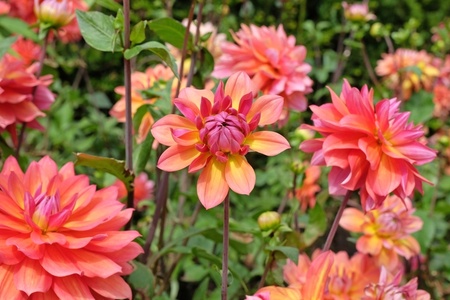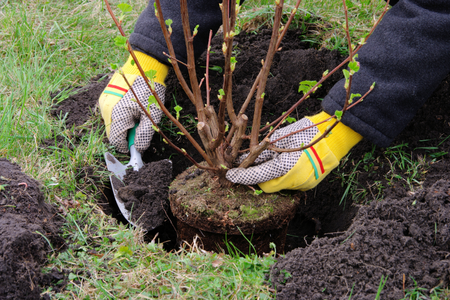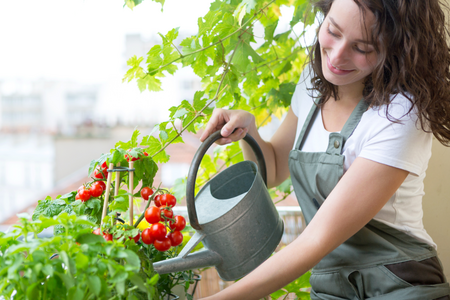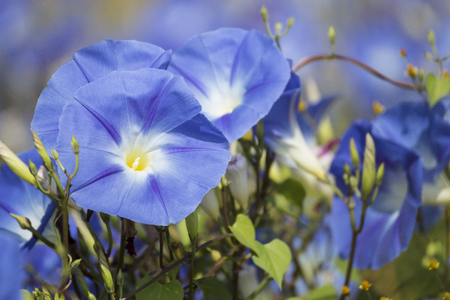
If you’re looking for spectacular flowers and gorgeous, vivid colours, a celosia is just what you need. These exotic-looking annuals add colour to pots and bedding schemes, and the flowers look stunning in arrangements. Here’s how to grow and care for a celosia.
Types of celosia
The most commonly available celosias are the plumed celosias, also sometimes called Prince of Wales’ feathers. Their botanical name is Celosia plumosa (Plumosa Group). These are short, bushy plants with pointed, fluffy flowers that look like brightly coloured flames or feathers.
A second group, Celosia argentea (Cristata Group), have very striking flowers, some resembling coral growths with their intricate whorls and ruffles, and others forming crinkled fans or cockscombs. These two types are sometimes called ‘brain’ celosias and ‘cockscomb’ celosias.
Finally, there are the wheat celosias (Celosia spicata), which are taller, with plumed flowers similar to the Plumosa Group types.
How to grow celosia
Celosia seeds can be sown indoors in a warm environment in early spring, ideally in a propagator at a temperature of between 20-25ºC (68-77ºF). The seeds should germinate in 1-2 weeks, and the seedlings can either be planted outside in summer or grown as indoor plants. Transplanting celosia can be tricky, as they don’t appreciate having their roots disturbed. To get around this, sow the seeds in individual pots so that the seedlings can be planted out with minimal disturbance. Cardboard toilet roll tubes make excellent biodegradable pots. Fold in one end to keep the compost in, and plant out the whole tube, seedling and all, once the frosts are over.
The two essentials for growing celosia successfully are plenty of sunshine – at least 6 hours per day – and well-drained soil, as the roots, are likely to rot in heavy soils. If you’re growing them as indoor plants, plant in containers filled with good multipurpose compost mixed with grit, and place them in the sunniest spot available. For the best flowers, move them outside in summer.
Celosias are relatively low-maintenance plants, and although they do best with regular watering, they can cope with a bit of drought and don’t need frequent feeding.
Cutting celosia for dried flowers
Celosias make spectacular cut flowers, and when the flowers are dried properly they can last for up to six months before fading. Harvesting celosia for drying is very straightforward. Here’s how it’s done:
- Wait until the flowers are fully open before cutting them.
- Cut early in the morning, after the dew has dried on the flowers.
- Cut the flower stems at ground level, and remove all leaves.
- Tie the stems together in small bundles, with about 6-8 stems to a bundle.
- Hang the bundles upside down somewhere warm, dark and well ventilated to dry. This process normally takes about a month.
If you’re looking for a splash of colour to brighten up your home or garden this summer, come and visit our centre. With our great range of plants and garden accessories, we’ve got everything you need!




